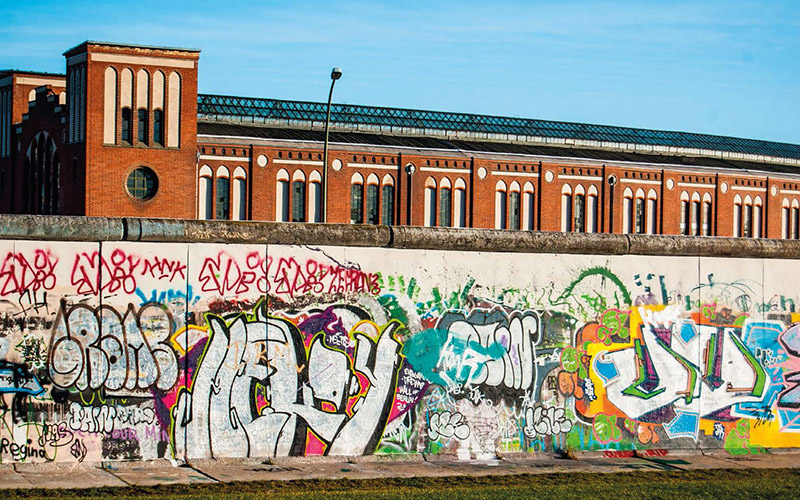Historical places and buildings

Berlin Wall. Germany, © Alexi Tauzin. – Fotolia.com
The title of this section avoids “historic sites” or “monuments” which stand for official locations and remains of political, military, religious or social history which are protected by national law or other regulations. Instead we emphasise the importance of places and buildings of lower status which people recognise as historical, because they evoke memories shared by local communities, while for tourists they are only an element in the urban or rural areas they perceive as old and maybe of historical significance.
The message we would like to convey is to be careful with these places and buildings, to preserve them but not necessarily promote them as a “must see” tourist attractions. This should serve as a counterpoint to the mushrooming of “markers” that highlight heritage resources as significant and thereby activate them for touristic purposes (the concept of markers was introduced by MacCannell 1976).
There is since long a plethora of markers such as guide books, signposts, plaques on houses, etc., and websites and mobile services extend tremendously the potential to mark, present and recommend heritage places. Shortly there will be nothing left to discover, despite the fact that allowing for authentic personal experiences features high on the list of recommendations of tourism consultants. Therefore we suggest more careful preservation of heritage places and buildings while reducing the excessive marking. (cf. Nelle 2011)
